The butterfly pea (Clitoria ternatea) is a stunning flowering plant that has gained popularity among gardening enthusiasts and herbalists alike. Known for its vibrant blue or purple flowers, the butterfly pea plant not only adds an enchanting touch to gardens but also offers numerous health benefits. If you’re captivated by its allure and want to grow this fascinating plant in your own garden, this guide will take you through the steps of how to grow butterfly pea from seeds, how to grow butterfly pea flowers from cuttings, butterfly pea plant lifespan and benefits of butterfly pea.
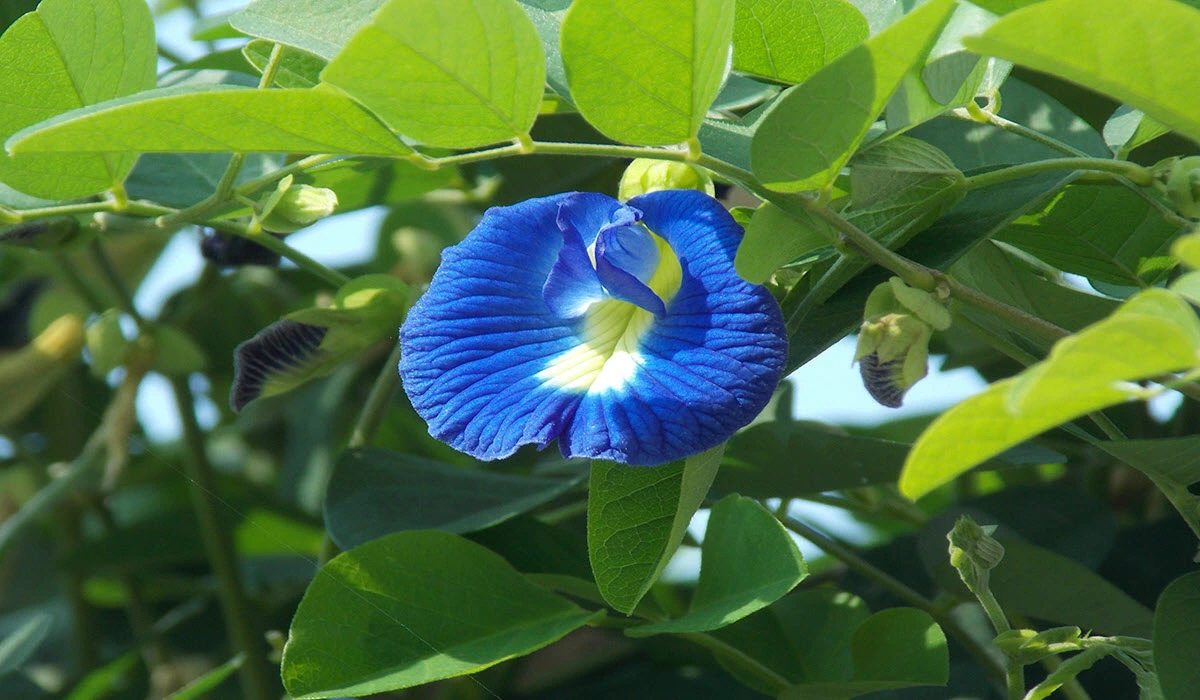
Understanding to Grow Butterfly Pea
Butterfly pea is a perennial vine that belongs to the Fabaceae family. Originating in Southeast Asia, it has a rich cultural history and is renowned for its striking flowers, which bloom throughout the year in tropical climates. Apart from its aesthetic appeal, butterfly pea is also valued for its use in traditional medicine, culinary applications, and as a natural dye.
Selecting the Perfect Location
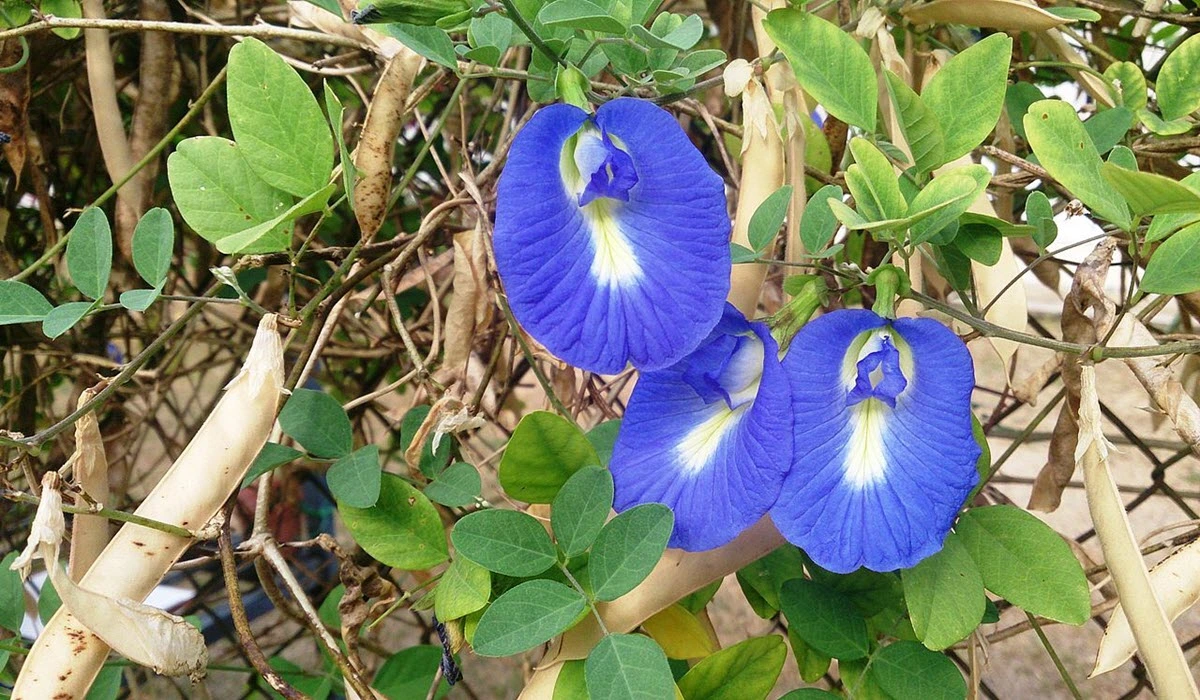
Butterfly pea thrives in full sun, so choose a location in your garden that at least receives six to eight hours of sunlight each day. If your garden experiences cold winters, consider growing butterfly peas in containers so you can move them indoors during the colder months.
Propagation
Water gently and keep the soil consistently moist until germination, which typically takes around two to three weeks. If using cuttings, select healthy stems with a few leaves, dip them in a rooting hormone, and plant them in a well-drained potting mix. Mist the cuttings regularly to maintain high humidity until they develop roots.
Care and Maintenance
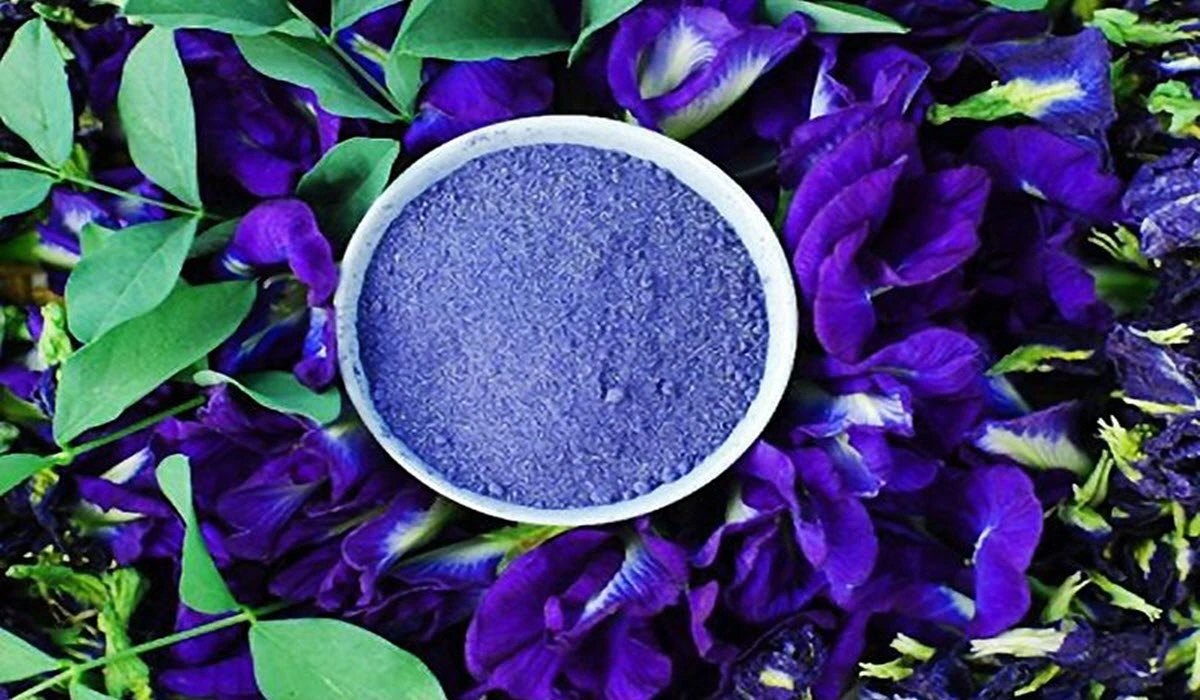
To ensure the healthy growth of your butterfly pea plant, keep the following care tips in mind:
Watering: Butterfly pea plants require regular watering to establish a deep root system. Water deeply when the soil feels dry, but avoid overwatering, as it can lead to root rot.
Fertilization: Apply a balanced, slow-release fertilizer during the growing season to provide the plant with essential nutrients. Follow the package instructions for the appropriate dosage.
Pruning: Prune the plant regularly to control its growth and shape. Removing spent flowers encourages continuous blooming and prevents the plant from self-seeding excessively.

|
5 pack Garden Pruning Shears Stainless Steel Blades5 pack Garden Pruning Shears Stainless Steel Blades, Handheld Scissors Set with Gardening Gloves,Heavy Duty Garden Bypass Pruning Shears,Tree Trimmers Secateurs, Hand Pruner |
Trellising: Since the butterfly pea is a vine, provide a trellis or support structure for it to climb on. This will help showcase its cascading flowers and prevent tangling.
Pests and Diseases
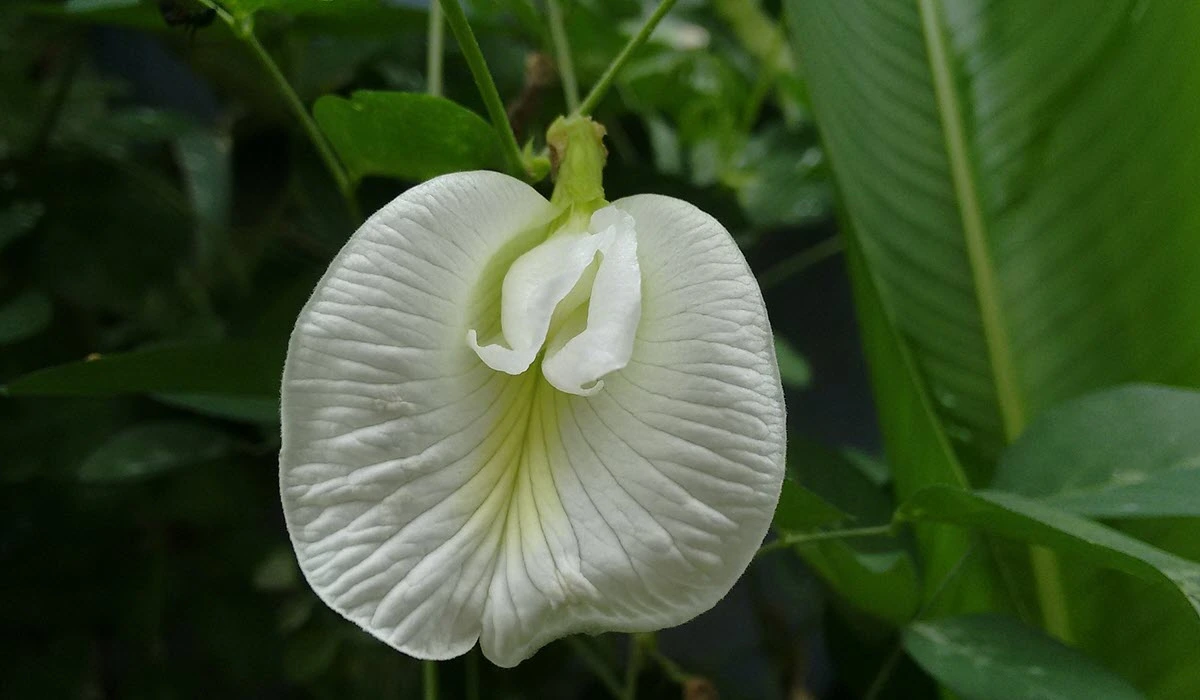
Butterfly pea plants are generally resistant to pests and diseases. However, keep an eye out for common garden pests like aphids, snails, or slugs. If necessary, use organic pest control methods to protect your plants.
Harvesting and Utilizing Butterfly Pea
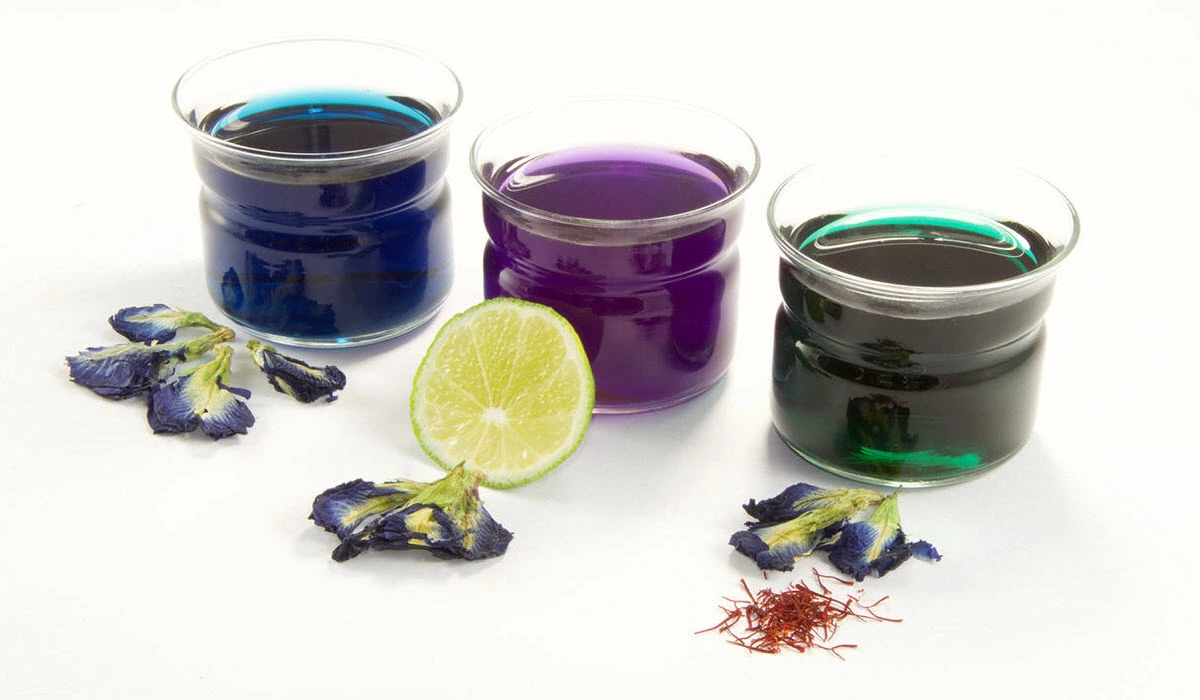
The flowers of butterfly peas are not only visually appealing but also have culinary and medicinal uses. Harvest the flowers when they are fully open and vibrant. Use them fresh or dried to make herbal teas, infused waters, or as a natural food coloring agent. Flowers can also be used in beauty products, such as soaps and shampoos, due to their antioxidant properties and ability to promote healthy hair and skin.
Health Benefits of Butterfly Pea
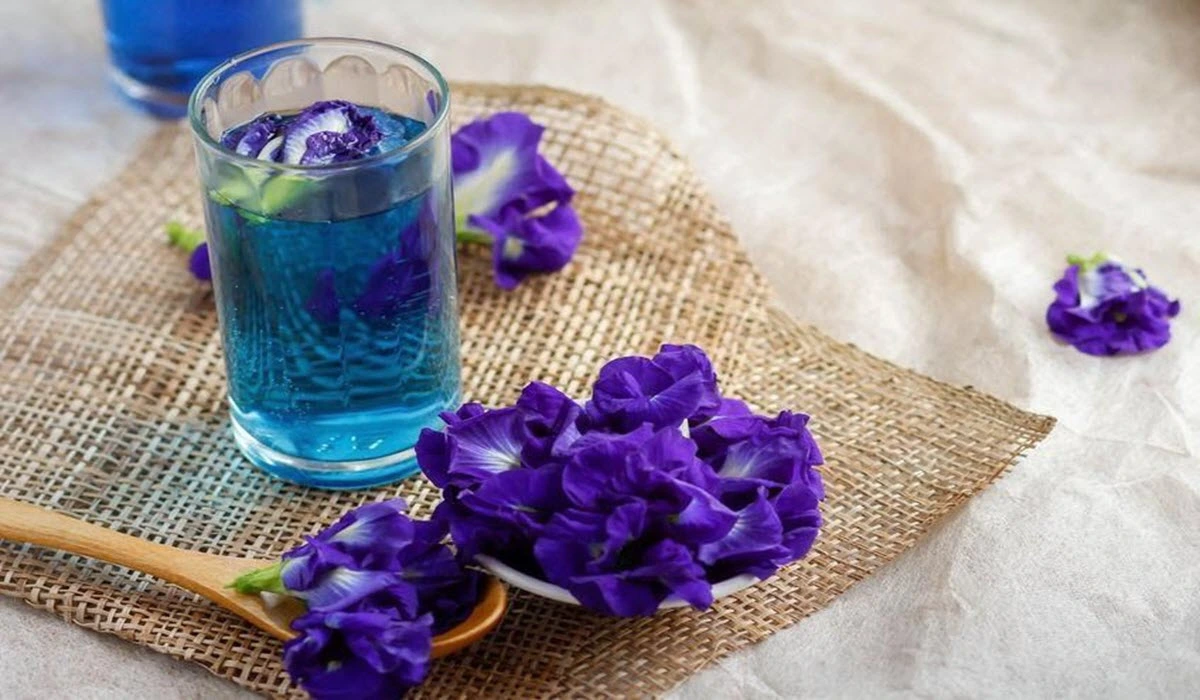
Rich in Antioxidants: The antioxidants in butterfly peas, such as flavonoids and anthocyanins, help neutralize these free radicals, reducing the risk of chronic diseases and supporting overall health.
Anti-Inflammatory Properties: Butterfly pea contains compounds that possess anti-inflammatory properties, helping to reduce inflammation in the body. Regular consumption of butterfly pea tea or extracts may help alleviate symptoms of inflammatory conditions.
Cognitive Health and Memory Enhancement: Studies have shown that butterfly peas may have cognitive-enhancing effects. It contains certain compounds that can help improve memory, enhance brain function, and protect against age-related cognitive decline. The plant’s ability to increase acetylcholine levels in the brain may contribute to these cognitive benefits.
Stress Relief and Mood Enhancement: Butterfly pea has been traditionally used as a natural remedy for stress and anxiety. It contains flavonoids that may have anxiolytic properties, helping to reduce stress levels and promote relaxation. Additionally, butterfly pea tea is believed to have mood-enhancing effects, potentially alleviating symptoms of depression and improving overall emotional well-being.
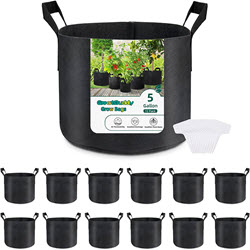
|
12-Pack Grow Bags 5 Gallon, Thick Fabric Planter Bags for VegetablesGreatBuddy 12-Pack Grow Bags 5 Gallon, Thick Fabric Planter Bags for Vegetables, Sturdy Handles & Reinforced Stitching, Labels Included, Black |
Eye Health: Butterfly pea flowers are rich in proanthocyanidins, which are beneficial for eye health. These compounds help protect the eyes from oxidative stress and may reduce the risk of age-related macular degeneration and other vision-related problems. Including butterfly peas in your diet or using them as an herbal eyewash can contribute to maintaining healthy eyesight.
Digestive Health: Butterfly pea has been used in traditional medicine to promote digestive health. It contains flavonoids and tannins that possess anti-inflammatory and anti-ulcer properties, which may help soothe gastrointestinal issues. Blue tea can be consumed to alleviate digestive discomfort, promote healthy digestion, and support a balanced gut microbiome.
Conclusion
Growing butterfly peas in your garden can be a rewarding experience. It’s stunning flowers and versatile applications make it an excellent addition to any landscape. By following the steps outlined in this guide, you’ll be well on your way to cultivating this beautiful.

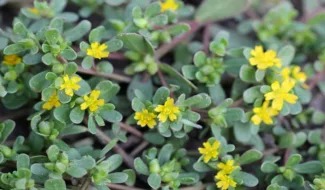
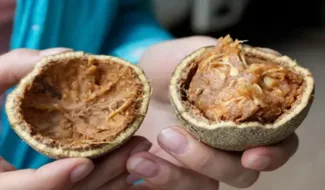
40 Comments
Pingback: amoxicillin vs cephalexin
Pingback: neurontin for neuropathy dosage
Pingback: ddavp platelet aggregation
Pingback: xanax and flexeril
Pingback: contrave quebec
Pingback: depakote vs lithium
Pingback: ezetimibe special authority
Pingback: diclofenac na 1% top gel
Pingback: does flomax help with prostatitis
Pingback: is 450 mg of effexor too much
Pingback: blood pressure medicine cozaar
Pingback: how does diltiazem work
Pingback: augmentin drug class
Pingback: bupropion and citalopram
Pingback: aspirin melting point
Pingback: what is allopurinol 300 mg used for
Pingback: amitriptyline generic
Pingback: aripiprazole drug interactions
Pingback: augmentin alcohol
Pingback: celexa reviews
Pingback: celebrex dosage for back pain
Pingback: baclofen for pain
Pingback: lexapro and buspar
Pingback: what is celecoxib capsules 200mg used for
Pingback: abilify ruined my life
Pingback: natural acarbose
Pingback: remeron dosage sleep
Pingback: what is semaglutide injection
Pingback: robaxin dose to get high
Pingback: protonix and pregnancy
Pingback: actos pepa
Pingback: repaglinide with gemfibrozil
Pingback: spironolactone kidney pain
Pingback: synthroid photos
Pingback: ivermectin uk coronavirus
Pingback: tizanidine during pregnancy
Pingback: sitagliptin other names
Pingback: tamsulosin tadalafil interactions
Pingback: venlafaxine capsules
Pingback: voltaren cream reviews